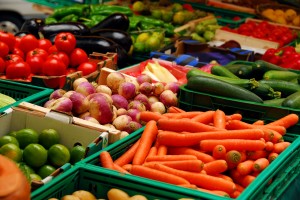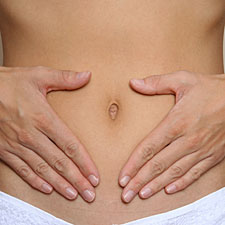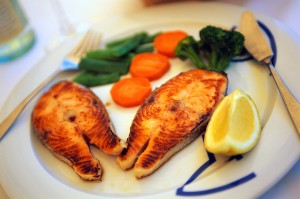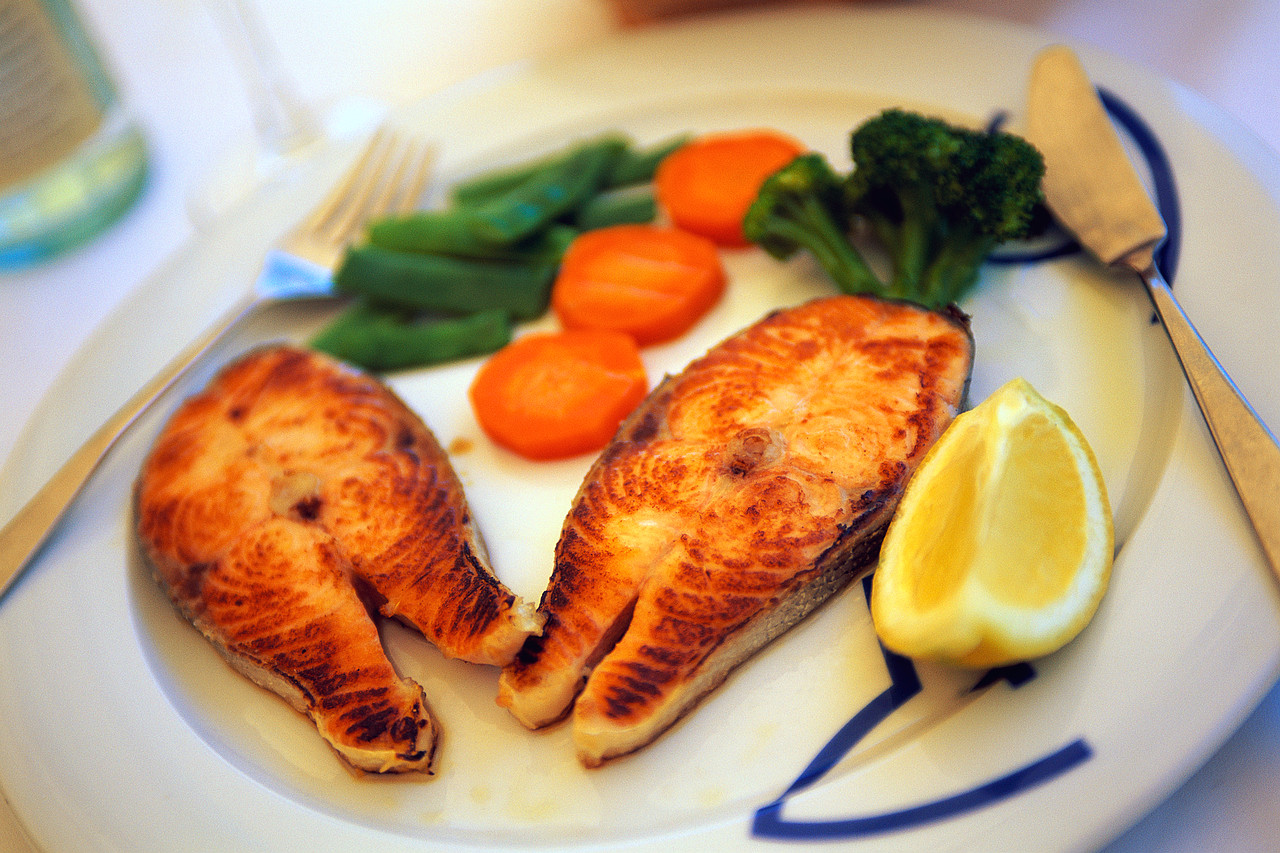You may have heard the catch phrase: “get alkaline”. It refers to the health benefits of managing your blood’s slightly alkaline pH of 7.4 through increased consumption of fruits and vegetables. Processed foods are highly acidifying to the blood and causes mineral losses from the bone to protect your cells from dying in an acid bath.
As a nutritionist I have been asked a lot of questions about acid vs. acid-forming and alkaline vs. alkaline forming foods. Here are the basics of what you need to know about the differences:
The pH of the food before it is consumed does NOT determine its affect on body pH. For example, freshly squeezed lemon juice is undoubtedly acidic. Our taste buds tell us that, and a litmus paper test proves it. However, if you drink fresh squeezed lemonade, the acid from the drink will NOT make your blood acidic; instead, it makes it alkaline. How is this possible? You ask. There are 2 things to consider:
- Water content of the food in question. The more water in a food, the more alkalizing it is. This is because water dilutes acid. Soda crackers are devoid of water, made of processed white flour and therefore are acid-forming. Even their baking soda content (alkaline) cannot make up for that.
2. Digest ion. Good stomach pH is between 1 and 2. Most foods have an alkaline pH (higher than 7) before consuming. It’s important to realize that stomach pH rises by way of anything alkaline (as tested by litmus paper) entering the stomach. The food buffers the acid. Add something more alkaline to acid and the solution becomes less acidic. Now, the critical thing: it doesn’t stop there. Digestion proceeds; alkaline juice is secreted from the pancreas to reduce the acidity of what came from the stomach. This eventually leads to the the food is broken down to its simplest components and each individual nutrient is absorbed. The EFFECT OF THE FOOD’S INGREDIENTS ON THE BLOOD pH THEN DEFINES WHETHER A FOOD IS ALKALIZING OR ACIDIFYING.
ion. Good stomach pH is between 1 and 2. Most foods have an alkaline pH (higher than 7) before consuming. It’s important to realize that stomach pH rises by way of anything alkaline (as tested by litmus paper) entering the stomach. The food buffers the acid. Add something more alkaline to acid and the solution becomes less acidic. Now, the critical thing: it doesn’t stop there. Digestion proceeds; alkaline juice is secreted from the pancreas to reduce the acidity of what came from the stomach. This eventually leads to the the food is broken down to its simplest components and each individual nutrient is absorbed. The EFFECT OF THE FOOD’S INGREDIENTS ON THE BLOOD pH THEN DEFINES WHETHER A FOOD IS ALKALIZING OR ACIDIFYING.
For example, cooked meat generates acids in the blood stream because of its amino acid profile, its low water content (compared to vegetables), and its by-products, such as ammonia. They demand high acid output for their digestion. These factors make it acid-forming to the blood. This is despite its alkaline mineral content.
In contrast, vegetables are NOT going to generate acids in the blood because their high water content dilutes acids. Instead, vegetables and most fruits contain alkaline minerals; they do not demand ANY stomach acid for digestion so they are alkalizing.
Remember! When someone says “lemons are alkalizing”, they are referring to the effect on the blood pH. This is the accurate use of the word alkalizing / alkaline-forming.
Here is a chart that lists the effects of foods on blood pH.
